Can you spot fake cash? How to avoid getting caught out abroad
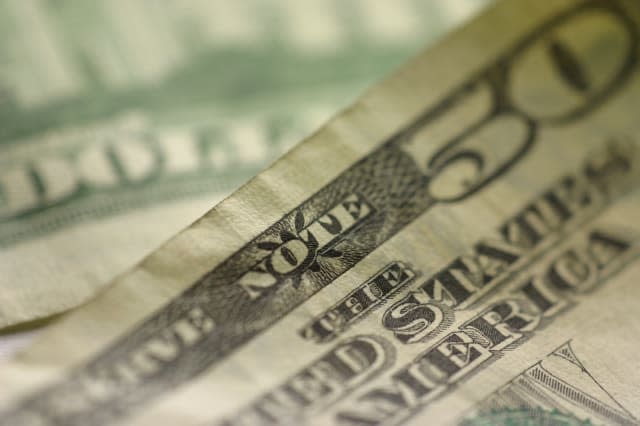
Despite a crime that carries a 20-year jail sentence, cases of counterfeiting money rise each year, with its history as old as currency itself - but how can you spot a fake note abroad?
SEE ALSO: The most expensive credit card mistakes we make on holiday
SEE ALSO: Travel insurance for Spain is double what it costs for France
Luckily for us, changing technologies have made it easier to spot fake banknotes. We enlisted the help of ICE – International Currency Exchange to give you some tips on what to look for when identifying counterfeit cash, from America to Japan...
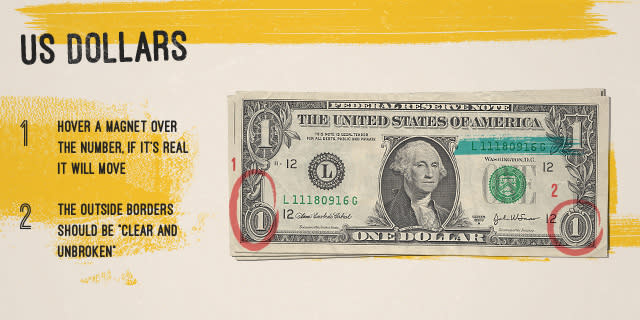
US dollars
To test a dollar bill, fold one side of the bill before unfolding it to an angle of roughly 130 degrees. Hover a magnet over the '1' and watch closely. If the bill moves, it's real.
Check the serial number – if the number is a different number to the Treasury Seal, or matches that of another note, it's a fake.
According to the Secret Service, outside borders should be "clear and unbroken" – meaning if your bill is blurred or fractured, it could be a fake.
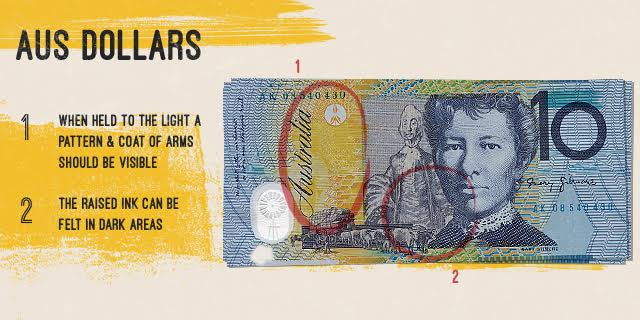
Australian dollars
When held to the light, you should be able to spot the Australian Coat of Arms towards the right hand side of the note.
Darker areas of banknotes use a special raised ink and can be felt with your finger. If this area is flat, it could be a fake.
Look for the round circle with the diamond-shaped pattern, then hold it up to the light. If real, the patterns will line up to form a seven-pointed star.

Japanese yen
Check the cherry blossom – if real, this hologram will change colour and design when the note is tilted.
When the banknote is viewed from a certain angle, the value of the note will appear on the bottom left of the front side, while the word 'NIPPON' ('Japan' in Japanese) will show on the top right of the back side.
Under ultraviolet light, if the note is real, the Governor's seal on the front side should glow orange.
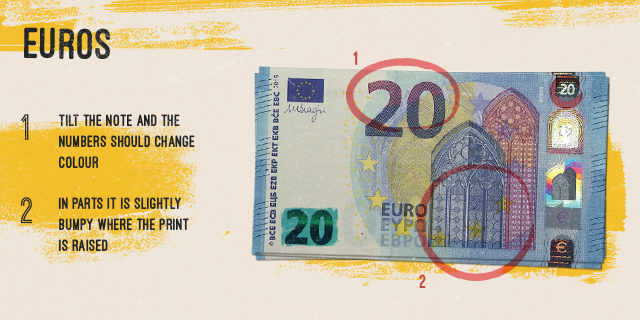
Euros
By tilting a €50, €100, €200 or €500 note, you should notice the numbers changing colour from purple to olive green or brown. If it's real, that is.
Check the microprint through a magnifying glass. If clear and sharp, it's good to go.
Run your fingers across the note. You should be able to feel that in parts, it is slightly bumpy where the print is raised.
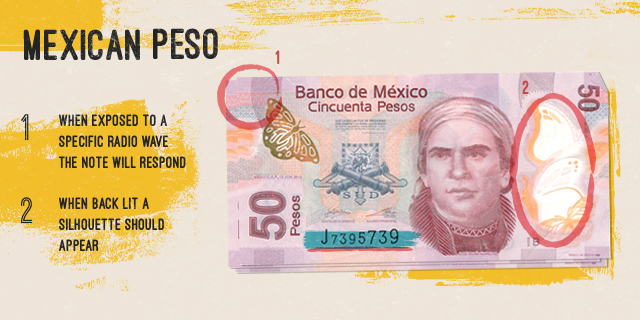
Mexican peso
In the newest series of notes, there is a security thread that acts as a passive radio frequency reflector. So when the note is exposed to a specific frequency of radio waves, the note responds.
All banknotes in Mexico have a 'watermark' added to them. When you view the note through a back-light, the silhouette image should appear in an otherwise clear area of the note.
Larger notes have what's known as a security bar printed on them. This thread-like structure should look perfectly complete when held up to the light.

Canadian dollars
To the right-hand side of a Canadian note, check that the large frame that houses a metallic portrait of the Queen and a building is transparent. This is a great way of finding what's fake and what's not.
In the large window on the right of the note is a large building – tilt the note to see this building change colour. If it stays the same, you know you've got a fake.
As well as a transparent window to the right of the note, there's a maple leaf with a transparent background located to the left hand side of the Queen.

United Arab Emirates dirham
Several counterfeiting measures are in place to ensure that fraudsters cannot forge the UAE dirham, however one way to double check is to feel the note itself. If the note is smooth all over, there's a chance it could be a fake.
Under ultraviolet light, the value of the note should appear in bright red, gold and green.
It's also worth checking the metallic thread that runs across the note. If this thread appears as one dark, unbroken line, then there's a strong chance it's genuine.
%VIRTUAL-TripAdvisorWidget%





